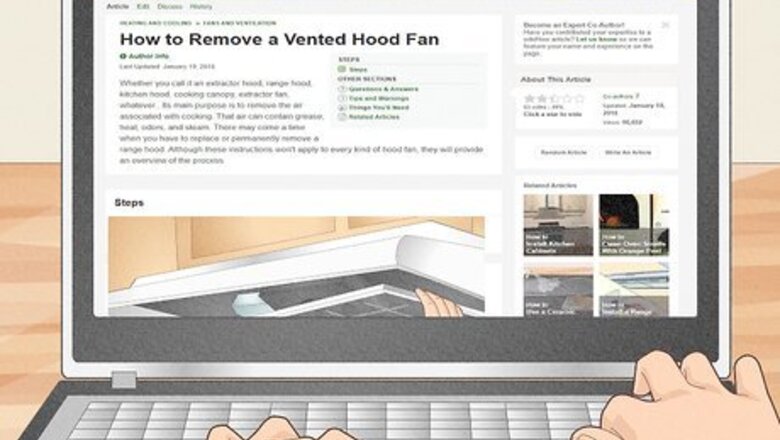
views
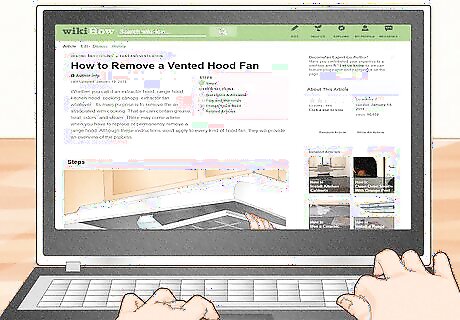
Please read this article completely before beginning.
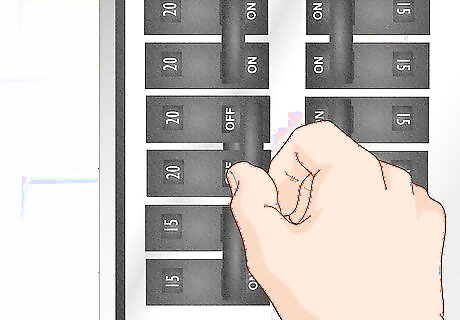
Disconnect power source. Many range hoods are powered by a circuit other than the one that supplies an electric range. In the U.S., most electric ranges are 208 or 240 volt types. Most range hoods are 120 volt. One single pole (single width) circuit breaker or fuse will likely provide power for the range hood. 240 volt electric ranges by contrast, will likely be supplied by one two pole (double width) circuit breaker or two cartridge fuses. Turn the fan and light (if equipped) of the range hood on, and have a helper turn circuits off and then back on until the fan and light both shut off. If unable to locate the circuit, turning off the service disconnect or main should shut power off to the entire house.
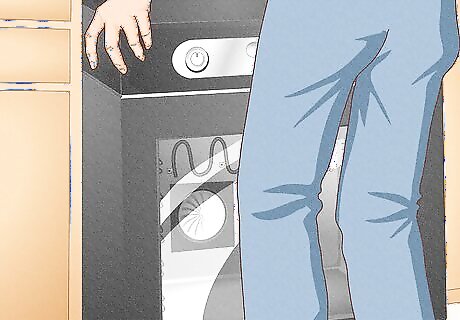
Make room to work. Move the electric range if located under the hood if possible. Gas and propane ranges are often too heavy to move easily or without damaging the floor. Regardless of type, be aware of the length of power cord sets and any flexible gas line. Electric ranges are often provided with cord sets that allow easy insertion and removal from a receptacle. Gas and propane lines however, should not be loosened or disconnected unless done by licensed professional. Many newer gas and propane ovens and ranges also have electrical connections via cord sets, too.
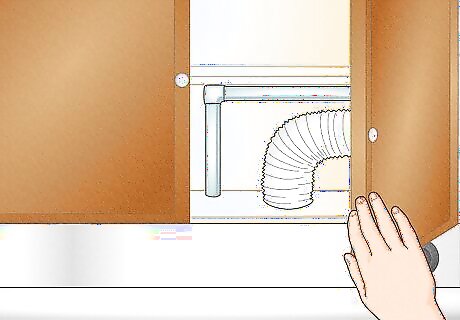
Inspect the area directly above the hood. This may be a cabinet or other storage area that can provide a great deal of information as to how the hood is secured, powered and ducted (in the case of ducted units only).
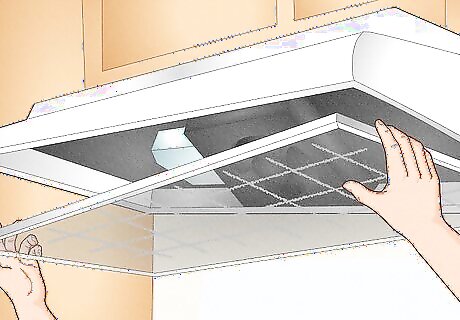
Remove all covers, filters, light bulbs, etc. Many times, range hoods are held by one or more fasteners that may be hidden behind these objects.
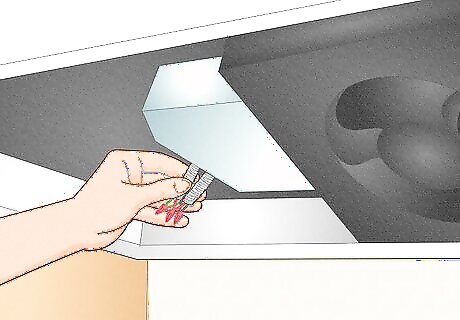
Identify wiring connections. One of the covers removed above should provide access to the field wiring compartment. This is where the house power is brought into the range hood and connected to it. Label every wire with a number written on masking tape (or other method), if it is to be reinstalled later. Use a scheme that works best such as color coding, numbers, letters or even a photo taken with a cell phone. Make sure that it is clear enough to understand days or weeks later when it is time to reconnect.
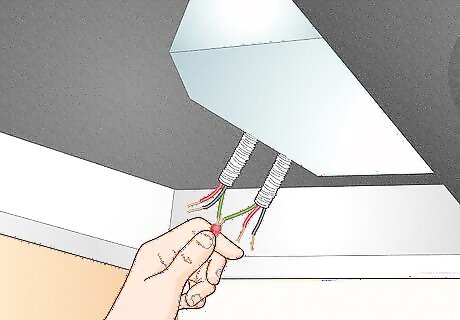
Disconnect wiring. Generally, white, black and possibly a green or bare wires from the hood are connected to like colors of wires from a cable or conduit with wirenuts or other connector designed for the purpose. Since the wires have been identified in the previous step, this will not be of concern. Simply unscrew wirenuts or other devices, cut off any wires connected with crimped connectors as close to the connector to leave as much wire as possible.
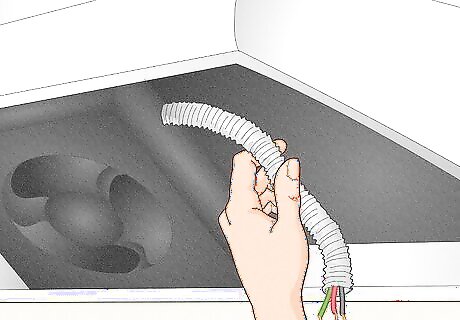
Remove cable or conduit connector. Spin the locknut off any fitting holding the cable or conduit to the wiring compartment. Some fittings clip in instead. If unable to remove the fitting from the hood, it might be possible once the hood is no longer secured to the mounting surface, later.
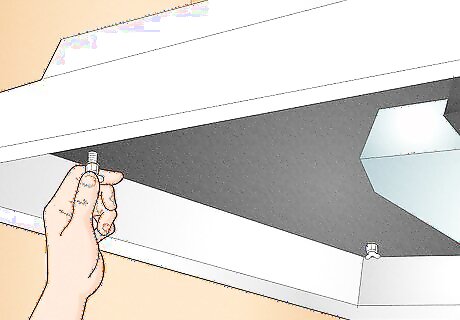
Remove fasteners. With a helper providing support to the hood, remove all but two fasteners. Leave two fasteners at opposite ends of the hood in place. Merely loosen these two enough to peer into the void between the support surface and the hood to see how the unit is powered, etc. (this is particularly helpful if unable to access the space above the hood, outlined in an earlier step).
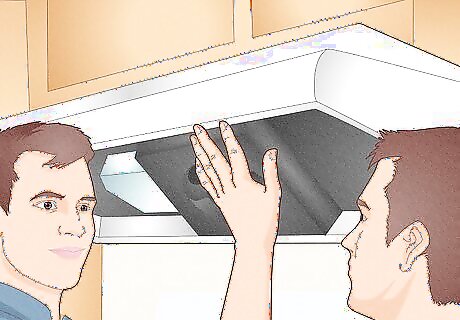
Support the hood. Have a helper hold the hood while the final two screws are removed. Most home center variety hoods are not very heavy, but are bulky. Trying to remove fasteners while holding the hood at the same time can be done if no other options are available, but is much easier with a helper. Custom or specialty hoods may be extremely heavy depending on construction materials used and physical size of the unit.
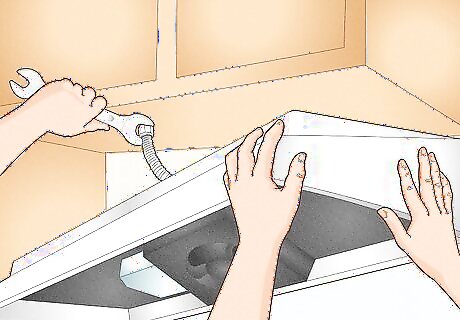
Resolve complications. The hood will be connected only by the power source cable or conduit (if unable to disconnect in previous steps above) or duct work (if provided). Use the ability to access connectors and fittings above and below to allow the hood to be pulled away from the power source. Check for the presence of screws used to connect the hood to any duct work, and remove them. The hood should now be able to be moved freely.
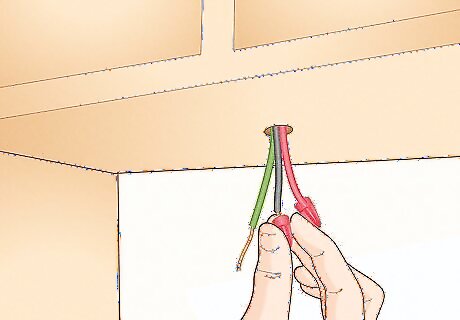
Terminate the hood power source. Install an approved electrical switchbox if the range hood will not be used again, otherwise individually cap the ends of the wires securely with wirenuts so that they will not cause shock if contacted while power is on.
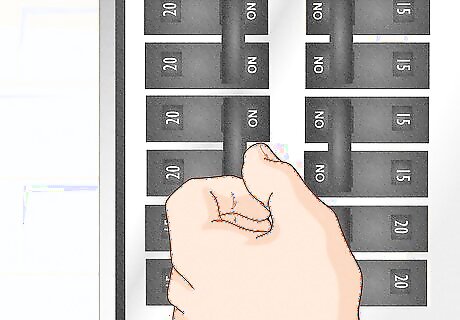
Restore power. If the service disconnect or main was turned off, or if the hood is part of another circuit that is needed, the fuse(s) or circuit breaker(s) will need to be returned to the on position. Be sure to safely terminate the wires as described above before performing this step.












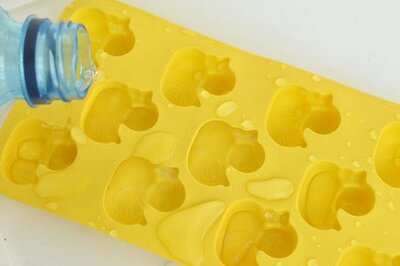
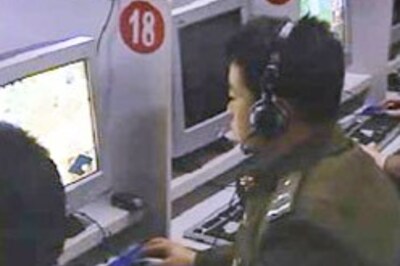



Comments
0 comment